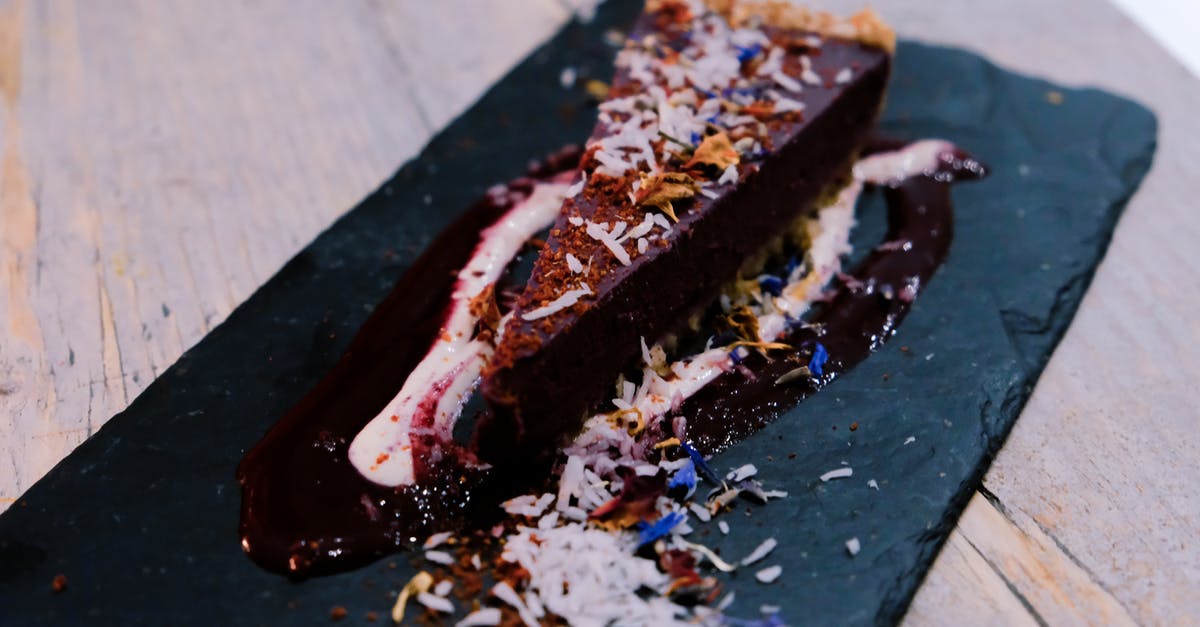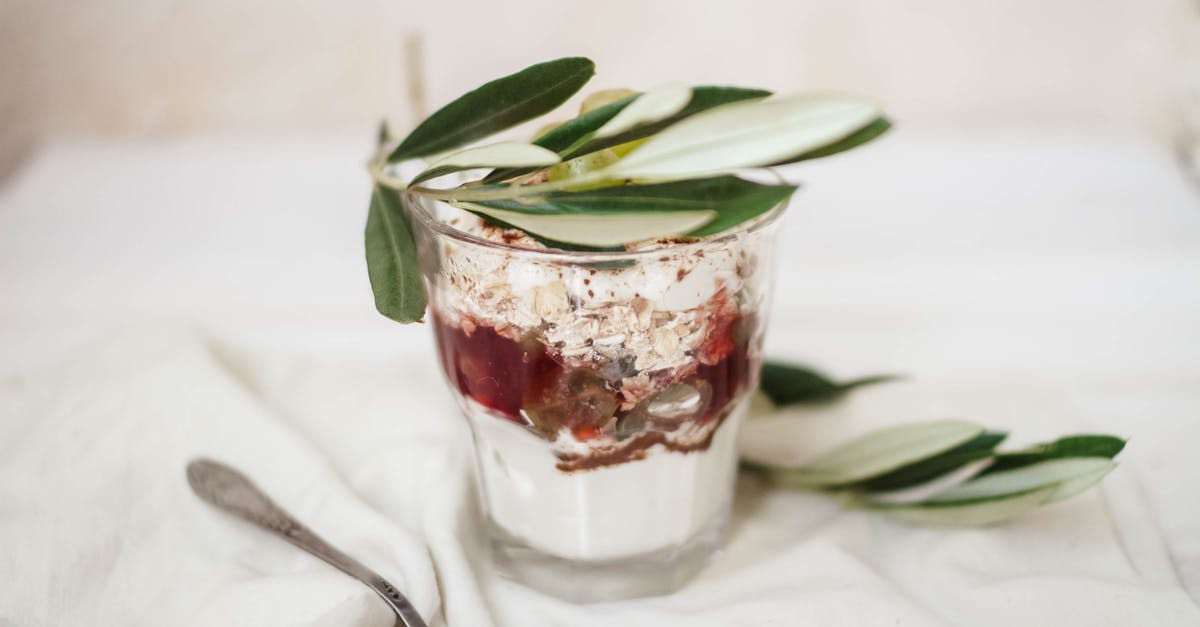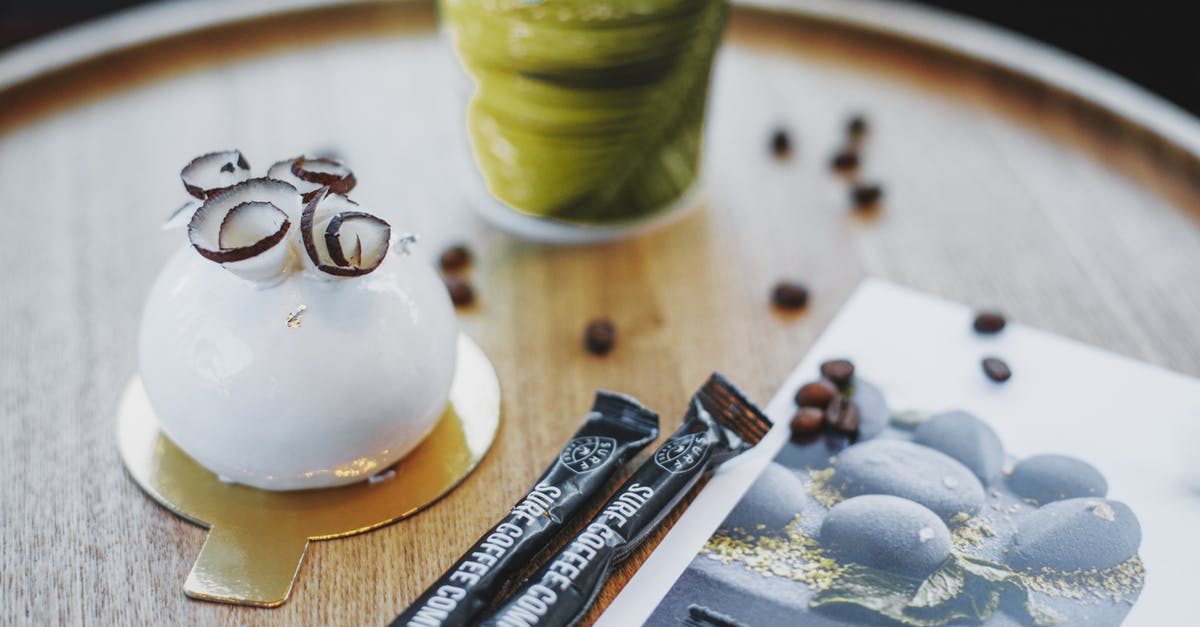Why does my coconut sauce lack a strong coconut taste?

Why doesn't my coconut sauce have a strong coconut flavor similar to what is served in Thai restaurants? Do they use real coconut or coconut essence or coconut oil? I use a can of coconut.
Best Answer
Canned coconut milk is the base of the majority of savory coconut sauces, Thai or otherwise. It tastes of coconut, but it isn't strongly flavored. If your coconut milk separates (some do, some don't; added emulsifiers inhibit this separation) the thicker layer that rises to the top is coconut cream. Basically coconut cream is coconut milk with less water and more fat. The cream is somewhat more intensely flavored of coconut than the milk, but alone it may be too thick for a lot of sauces.
Coconut milk is made by cooking the meat of the coconut (usually in water, sometimes in dairy milk) and then straining the coconut meat. It is not coconut water, coconut water is the juice that flows out of a just cracked coconut.
Do not confuse coconut milk or coconut cream with cream of coconut, which is usually sweetened. That ingredient is often called for in desserts, but not for savory cooking. Think Pina Coladas. This is a source of some confusion as different countries use different terminologies. Wiki certainly is not the best possible source, but if the language I am using here differs from your understanding of the terms, read this from wiki. Those are the definitions I am using in this answer.
The quality of canned coconut milk varies. It also is available in a "light" formulation, which tastes less strongly of coconut than non-light versions.
One traditional method seen especially in Thai cooking involves "cracking" the cream. Choose a non-light canned coconut milk without added emulsifiers (check the label). Refrigerating the can overnight can sometimes help separate the cream, figure about the top third of the settled contents of the can. Simmer that cream on the stove until the oil separates, it may take as long as ten minutes. The oil separation is the "cracking". Now you can fry the spices of the sauce (curry paste especially) in the oil (no need to remove the non-oil solids). Add the rest of the can of milk and simmer for a while to reduce the sauce to your desired thickness. Some meat can be cooked in the sauce, vegetables are usually par-cooked separately.
[EDIT: This video shows Cracking Coconut Cream at 2:20 --- This video shows an alternative, for those that have difficultly getting their cream to separate at 4:10]
Beyond that, to get more coconut flavor you can add coconut powder (which is dried coconut milk) or coconut extract (here's a fun recipe from Alton Brown) but neither of those additions would be traditional.
Pictures about "Why does my coconut sauce lack a strong coconut taste?"



Quick Answer about "Why does my coconut sauce lack a strong coconut taste?"
Canned coconut milk is the base of the majority of savory coconut sauces, Thai or otherwise. It tastes of coconut, but it isn't strongly flavored. If your coconut milk separates (some do, some don't; added emulsifiers inhibit this separation) the thicker layer that rises to the top is coconut cream.How do you intensify coconut flavor?
Some recipes will ask you to toast the coconut first, which you can do by put the coconut in a 350\xb0 F oven for 6 to 8 minutes or in a hot, dry skillet for about 5 minutes. Toasting will intensify the flavor, add a smoky taste, and give those flakes a brilliant, golden hue.Why does coconut milk not taste like coconut?
Unlike coconut water, which is found inside young coconuts, coconut milk is made by grinding the meat of mature coconuts with water, then squeezing the pulp to produce a rich, viscous, opaque \u201cmilk\u201d that's packed with the sweet, floral, nutty flavor of coconut. As an added bonus, it may actually be good for you.How do you add coconut flavor to curry?
This curry is quite similar to the one we generally make at home with finely chopped onions and tomatoes. The only difference is that we add a little coconut flavor to the curry by adding some coconut milk to it, which leaves the gravy less spicy and a bit sweetened and a whole lot flavourful.Does coconut cream have a strong coconut flavor?
There is no strong flavor like you have with coconuts, but it provides a subtle creamy nut flavor just enough to make it an interesting alternative to regular milk.Drink a Glass of Coconut Water for 2 Weeks, See What Happens to Your Body
More answers regarding why does my coconut sauce lack a strong coconut taste?
Answer 2
Assuming they do it the traditional way (or the same way the Indians and Sri Lankans do) - they almost certainly squeeze it fresh.
Basically you want the dehusked "older" coconuts not the green ones, or grated (not dried) coconut. Add a tiny bit of water, blend it, and squeeze (by hand). This is the good stuff - and what you'd either add at the end (if you don't want it split), or heat up to split out the oil.
You can actually extract a second run with more water, for things that don't need the higher creaminess factor or when you don't need to seperate out the oil
We do occasionally use coconut cream - and as I understand it, its supposed to be the meat of green coconuts just blended . I'm unsure if these will separate into oil if we heat it.
The brand we tend to use (sparingly, since its pretty thick) -kara tends to list young coconut extract and stabilizer. If you can get it, it works well, but in smaller quantities than actual coconut milk.
I'd also (from entirely cultural bias!) suggest adding the coconut milk at the end, after taking it out of the heat, unless you need it to seperate. 'Heated' coconut milk has a very different flavour, especially if the fat separates.
Interestingly I've never heard of coconut cream being a product that floats to the top of coconut milk until today, and the extraction methods in Joelene's answers are significantly different from mine, and one way of doing things may work better in specific situations than others.
Sources: Stack Exchange - This article follows the attribution requirements of Stack Exchange and is licensed under CC BY-SA 3.0.
Images: Ella Olsson, Mary Nikitina, Maria Orlova, ROMAN ODINTSOV
